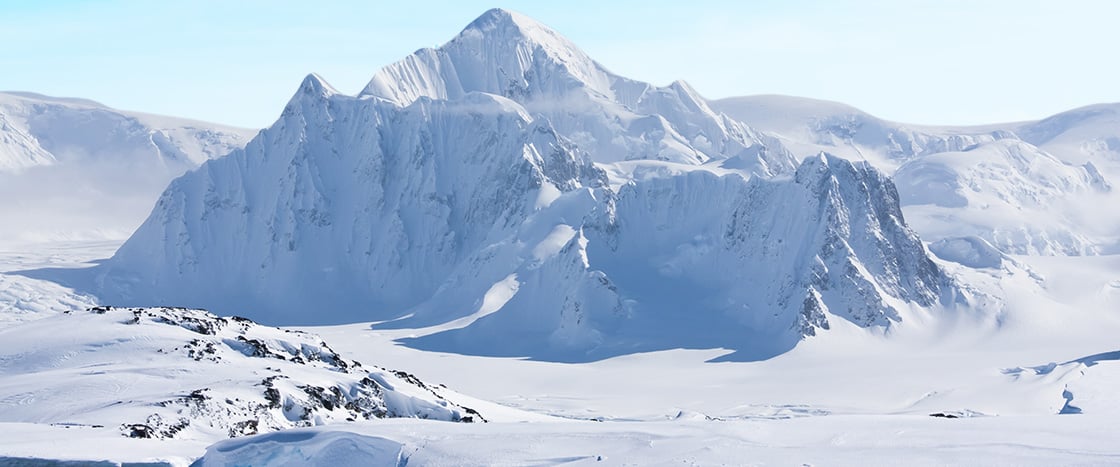Antarctica is one of the seven continents.
This is the coldest place in the world. It is at the bottom of the globe.
Can you find Antarctica on the map?

Find out about Antarctica. Then read a true story about explorers who got stuck there!
1. It is very, very cold.
Antarctica is one of the seven continents.
This is the coldest place in the world. It is at the bottom of the globe.
Can you find Antarctica on the map?
2. Ice is everywhere.
Ice covers the land. There are icy mountains and caves. Most of the ice in the world is there!
3. People don't live there.
It is too cold to live there all the time. But scientists go there to learn about it.
4. Some animals live there.
These animals don’t mind the cold. They live on the frozen land. They swim in the icy water.
More About the Article
Science Focus
Animal behaviors
Environments
Climate and weather
Vocabulary:
globe, caves, frozen, continent
ESSENTIAL QUESTION
The essential question of this issue is What happens in cold places? The articles below connect to this theme.
Through the above genres, students will discuss:
Small Group/Partner Read
Word Work
1. BEFORE READING
Show Video (10 minutes)
Preview the Article and Set a Purpose for Reading (3-5 minutes)
3. AFTER READING: Focus on Skills
ELA Focus: Vocabulary (10 minutes)
ELA Focus: Key Details (15 minutes)